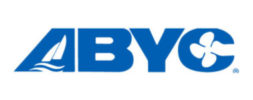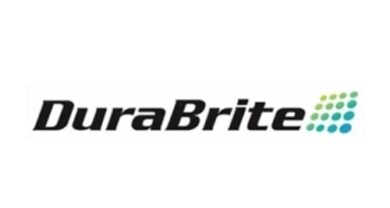Grow Boating Update
Momentum continues to build for the Grow Boating initiative.
With a little more than a year invested in the research, committee work and agency search, it appears that 2005 will see the launch of a nationwide marketing campaign.
During events of this past fall, National Marine Manufacturers President Thom Dammrich, along with the Grow Boating taskforce chairmen and Carmichael Lynch, the agency planning the campaign, presented the initiative’s progress. And the one major goal that has been set for the campaign is to increase boating participation 3 to 5 percent per year beginning in 2005.
The research began by acknowledging barriers to boating, and the first flag that went up is that the industry needs to do a better job of attracting future customers. For example, the RV industry shows that 30.8 percent of the population has an interest in RVing, whereas 21.5 percent of those surveyed in NMMA’s 2004 Barriers and Competitors Quantitative Study said they were interested in boating.
The available pool of consumers is likened to a funnel, where the largest part of the potential group of customers is made up by those interested in the activity. As one moves down the funnel, they begin considering a purchase and then begin shopping for the product and then spend money.
The same study shows that 15.6 percent of those interested in boating are considering a purchase and 4.4 percent of them are actually shopping for a new boat.
The goal of the marketing campaign, Dammrich says, is to bring more people into this “funnel” and migrate them toward a purchase.
To do this, a 20-member committee selected Carmichael Lynch as its agency of record for the initiative. The Minneapolis, Minn.-based company boasts such clients as Harley-Davidson, Porsche, Rapala and Coca-Cola, among many others and prides itself in forging an emotional connection in its campaigns.
Funding model under discussion
Meanwhile, funding the Grow Boating initiative remains a hot topic.
Though it appears the industry supports a funding model through which revenue is collected per horsepower of engines sold, many details still need to be worked out.
For one, though $0.20 per horsepower has been floated, there are still some parties who would like to see as much as $1.00 per horsepower embraced. Setting aside $0.20 would result in only about $10 million per year, while $1.00 would give the Grow Boating initiative $50 million to work with.
At the Marine Retailers Association of America Convention in November, Larry Russo of Russo Marine in Medford, Mass., was particularly vocal on the topic.
“We should be capable of raising more than $10 million per year,” he said during the Industry Leaders Boat Panel discussion. “We have to clean up what’s broken at retail. If we underfund it, it will die its own death.”
Russo, who serves as the chairman of the Dealer Standards and Quality task force, is concerned that $10 million would only be enough to fund an ad campaign.
Dusty McCoy of Brunswick Corp., who also participated in the panel discussion, suggested that $10 million was just a starting point. Unless dealer/manufacturer relationships are improved, “throwing money” at retailers won’t solve the problem, he said.
Another detail that must be resolved involves the dumping controversy. Until a final ruling is made in February, engine manufacturers are unlikely to be able to begin collecting funds.
At issue is not whether engine builders will participate in the funding model, but rather how. Yamaha’s Phil Dyskow suggested during the Industry Leaders Engine Panel discussion that each engine builder’s lawyers would have to figure out those details once the ruling had been made.
— Matt Gruhn & Liz Walz




